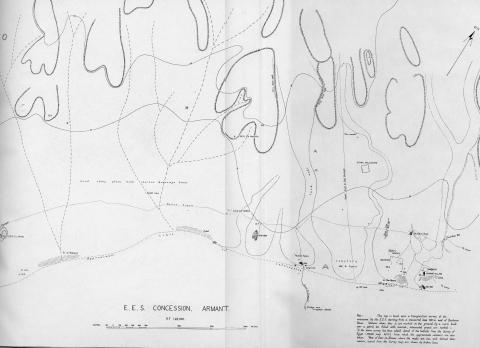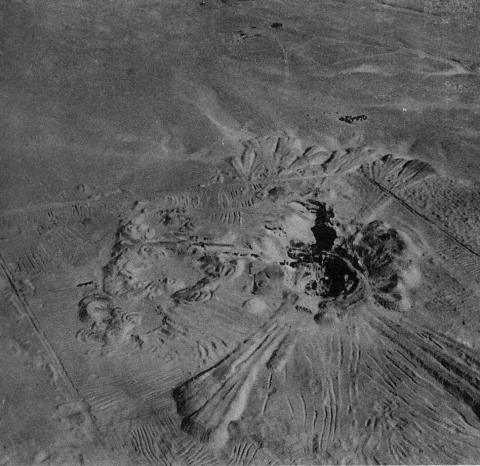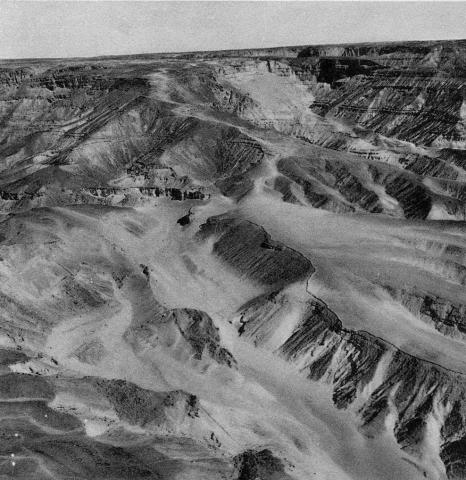The site of Armant was an integral site for the worship of the war god, Montu. It was also the site of the Bucheum, where the sacred Buchis bulls were buried from the reign of Nectanebo II (360-343 BCE); this cult was continued for the next 650 years. There was also a Roman village next to the Baqaria (tombs for themother of the Buchis bull).
Armant’s cemeteries cover all periods of ancient Egyptian culture from the Predynastic into the Christian period. In the Middle Kingdom, Armant became a large urban centre with the first evidence for temple structures that were destroyed in the Late Period. The blocks were reused in the Ptolemaic temple construction.
Catalogue of the Egypt Exploration Society's exhibition of the results of the recent excavations at Amarna and Armant and of a loan exhibition of Egyptian jewellery: Wellcome Historical Medical Museum, 8th September to 3rd October 1931. 1931. London: Egypt Exploration Society.
Catalogue of the Egypt Exploration Society's exhibition of the results of the recent work at Abydos, Amarna & Armant: Wellcome Historical Medical Museum, 17th June to 27th July, 1932. London : Egypt Exploration Society.
Bard, Kathryn 1988. A quantitative analysis of the predynastic burials in Armant cemetery 1400-1500. Journal of Egyptian Archaeology 74, 39-55.
Mond, Robert and Oliver H. Myers 1934. The Bucheum, 3 vols. Memoir of the Egypt Exploration Society 41. London: Egypt Exploration Society.
Mond, Robert and Oliver H. Myers 1937. Cemeteries of Armant, 2 vols. Memoir of the Egypt Exploration Society [42]. London: Egypt Exploration Society.
Mond, Robert and Oliver H. Myers 1940. Temples of Armant: a preliminary survey, 2 vols. Memoir of the Egypt Exploration Society [43]. London: Egypt Exploration Society.
Myers, O. H. 1932. Armant excavations 1931-1932. Mitteilungen des Deutschen Instituts für Ägyptische Altertumskunde in Kairo 3, 162.
Myers, O. H. and H. W. Fairman 1931. Excavations at Armant, 1929-31. Journal of Egyptian Archaeology 17 (3/4), 223-232.
Sir Robert Mond expedition: exhibition September 1937. 1937. London: Institute of Archaeology.
Takamiya, Izumi 2008. The Thebes-Armant region during the Predynastic (Naqada) period in Egypt. Orient 43, 23-44.













